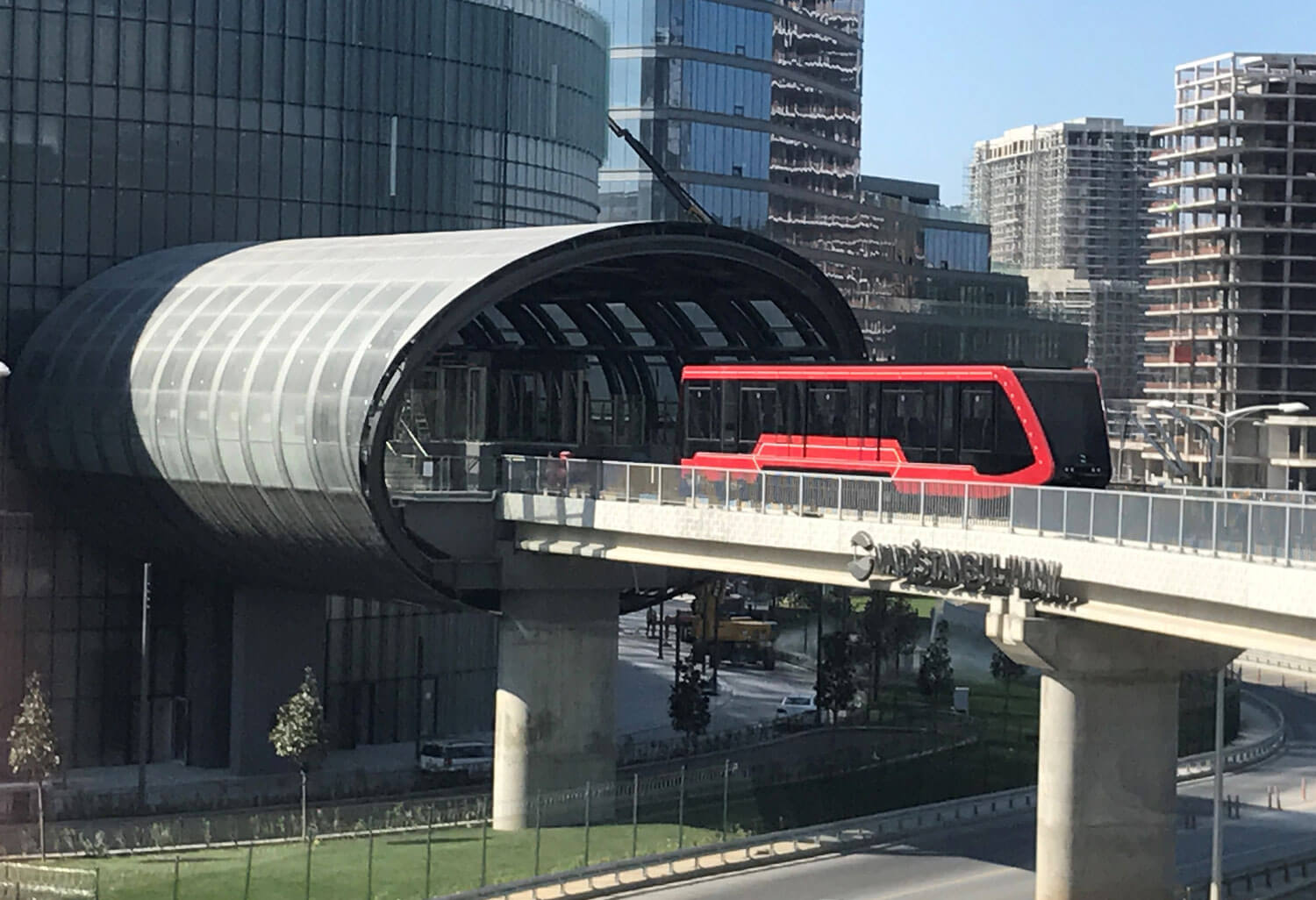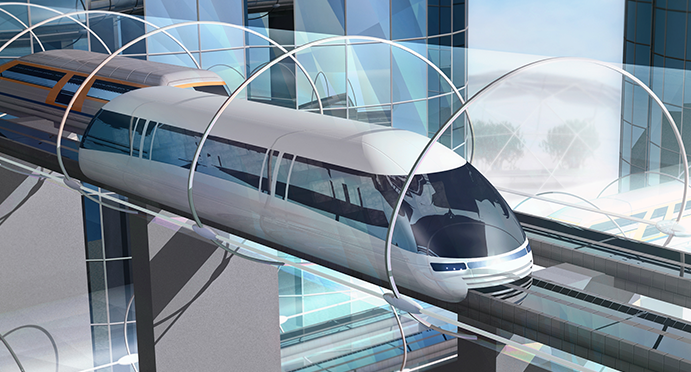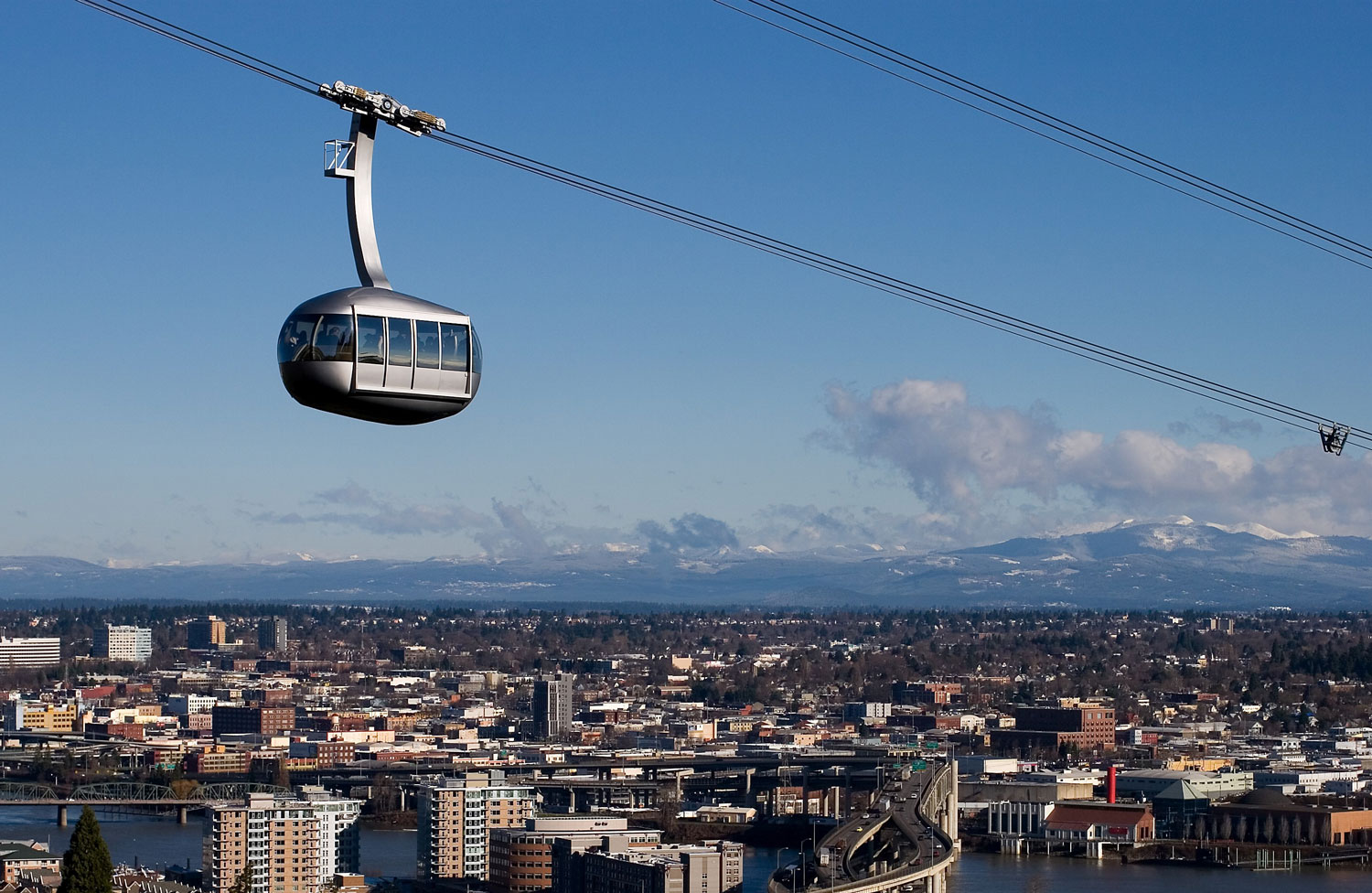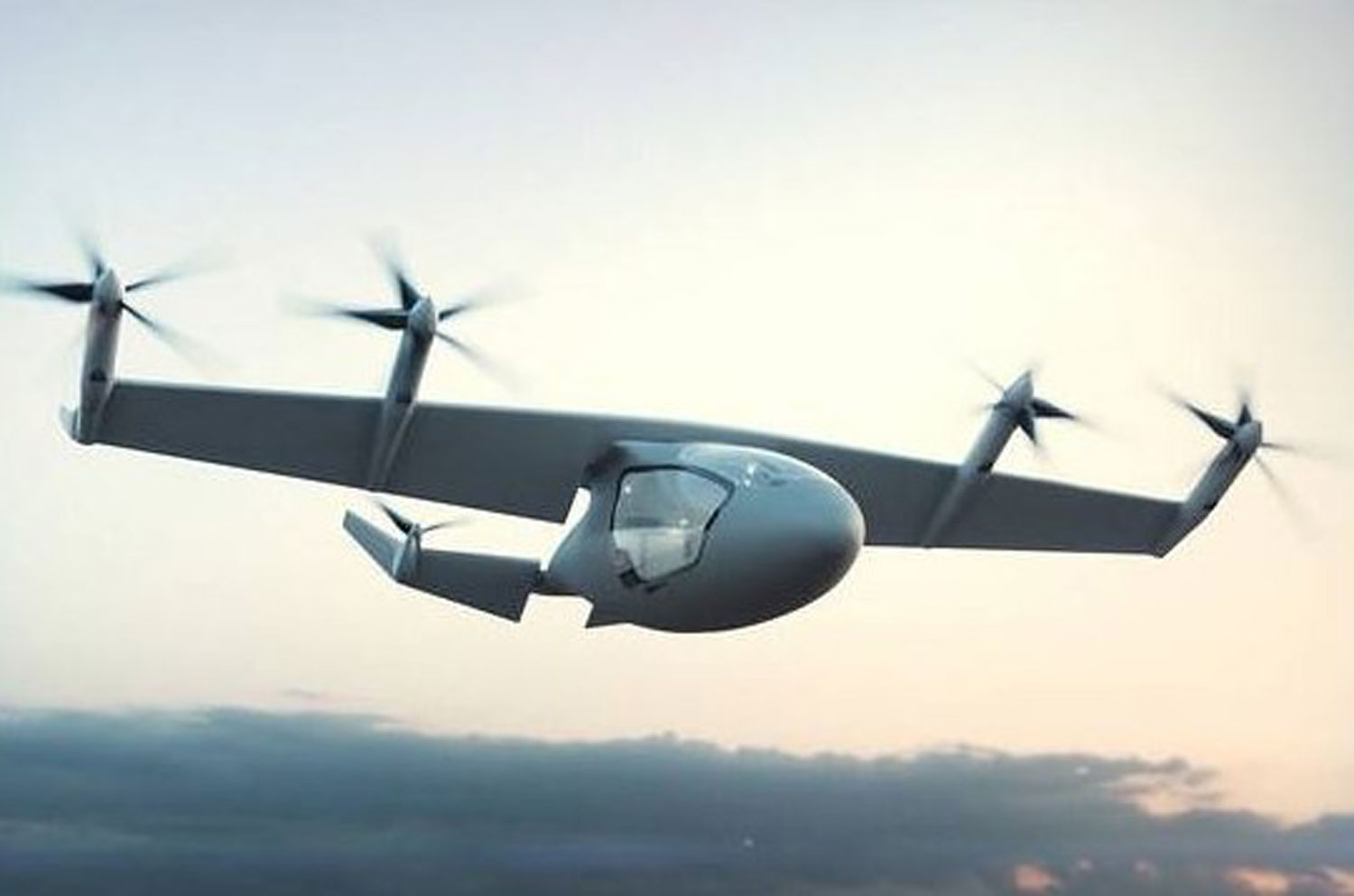
Cities, SI Urban 1/2020
INNOVATIVE TRANSPORT OPTIONS

Hyperloop
is currently still an experimental form of transport, which comprises a transport capsule and a vacuum tube. The idea is that most of the air is pumped out of the tube, so that the air resistance is reduced. The transport containers float in this tube with no ground contact. Because of the lack of air resistance, it should therefore be possible to reach speeds up to more than 1,000 km/h. Photo: TBARTA

Urban cable cars
are the only one of the three systems that is already in use around the world. This form of public transport is used especially in Latin America, and there are also already two urban systems in the United States: in New York (Roosevelt Island Tramway) and in Oregon (Portland Aerial Tram). Owing to the high transport capacity, relatively low costs and low emission values, demand continues to rise. Photo: Gangloff

Air taxis
are currently much discussed all over the world and many companies are investigating them more closely. Air taxis are on-demand, point-to-point connections. The use currently planned would be to transport passengers within a relatively small radius or as shuttles to fixed points, such as airports. Issues such as battery life, charging time and capacity have not yet been resolved. Photo: TBARTA







